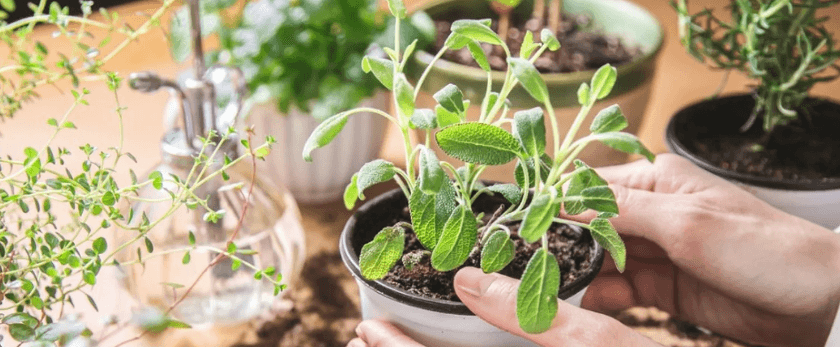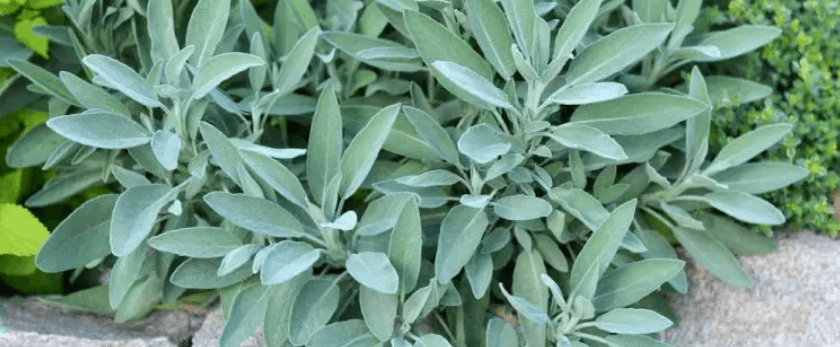Sage is a popular herb known for its distinct flavor and medicinal properties. It is a member of the mint family and is native to the Mediterranean region. In addition to its culinary uses, sage is also used in traditional medicine for its anti-inflammatory and antioxidant properties. Growing sage in your own garden is not only a great way to have a fresh supply of this versatile herb, but it also promotes sustainability and reduces your carbon footprint. In this article, we will discuss how to grow sage and care for it, as well as common problems and the best time to grow sage.
How to Care for Sage
Watering
Sage is a drought-tolerant plant, so it does not require frequent watering. In fact, overwatering can lead to root rot and other fungal diseases. Water your sage plant deeply once a week, making sure the soil is moist but not waterlogged. During hot and dry weather, you may need to water more often, but always check the soil moisture before watering.
Light
Sage thrives in full sun, so make sure to plant it in a spot that receives at least 6-8 hours of direct sunlight per day. If you are growing sage indoors, place it near a south-facing window or use grow lights to provide sufficient light.
Soil
Sage prefers well-draining soil with a pH level between 6.0-7.0. If your soil is heavy and clay-like, add some sand or perlite to improve drainage. You can also mix in some compost or aged manure to provide nutrients to the soil.
Fertilizer
Sage does not require much fertilizer, but you can add a balanced fertilizer once a month during the growing season to promote healthy growth. Avoid using high-nitrogen fertilizers, as they can lead to excessive leaf growth and reduce the flavor of the herb.
Pruning
Pruning is an essential part of caring for sage. It helps to promote bushier growth and prevents the plant from becoming woody. Prune your sage plant in the spring by cutting back the woody stems to about 6 inches above the ground. You can also pinch off the tips of the stems throughout the growing season to encourage branching.

What is the Best Time to Grow Sage?
Sage can be grown year-round in mild climates, but it is best to plant it in the spring after the last frost. If you live in a colder climate, you can start sage seeds indoors 6-8 weeks before the last frost and transplant them outside once the weather warms up. Sage is a perennial plant, so it will continue to grow and produce leaves for several years with proper care.
Common Problems with Sage
Pests
Sage is relatively pest-resistant, but it can be susceptible to aphids, spider mites, and whiteflies. You can control these pests by spraying your plant with a mixture of water and mild soap or using organic insecticidal soap.
Diseases
Overwatering and poor drainage can lead to root rot and other fungal diseases in sage. To prevent this, make sure to water your plant sparingly and provide adequate drainage. If you notice any signs of disease, such as wilting or yellowing leaves, remove the affected parts and treat the plant with a fungicide.
Bolting
Bolting is when a plant produces flowers and seeds prematurely, usually due to stress or changes in temperature. To prevent bolting, make sure to provide your sage plant with consistent moisture and avoid extreme temperature fluctuations.
In Conclusion
Growing sage is a rewarding experience that not only provides you with a fresh supply of this versatile herb but also promotes sustainability and reduces your carbon footprint. By following the care tips mentioned above, you can ensure that your sage plant thrives and produces flavorful leaves for years to come. Remember to harvest your sage leaves regularly to promote new growth and enjoy the many benefits of this amazing herb. Happy growing!










